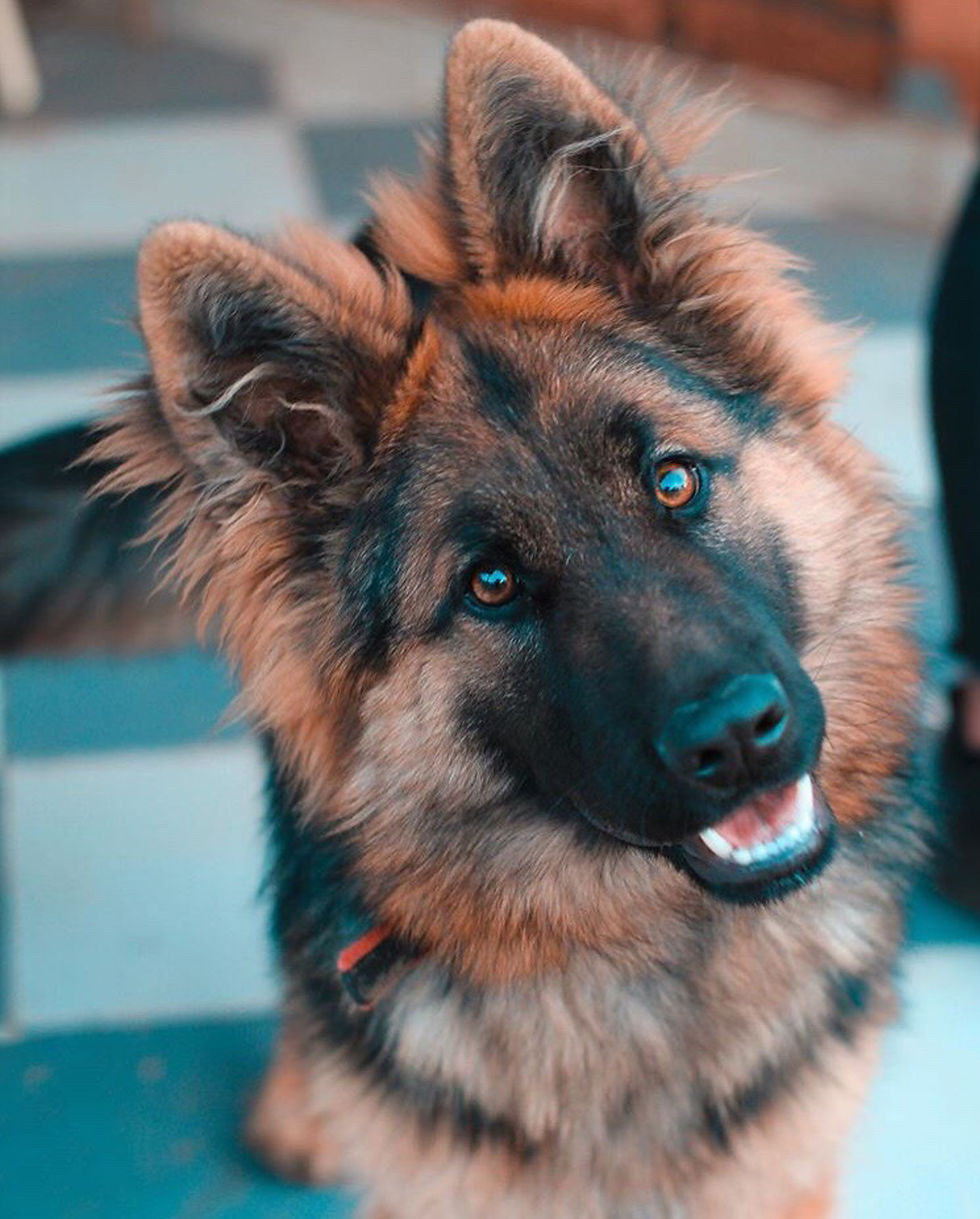The Truth About Aggression in Dogs
- The Baroo

- May 30, 2023
- 4 min read
Updated: Apr 12

When a dog lunges, growls or bites, pet parents often throw around a lot of terms to explain away their behavior. Their pup is “aggressive,” or “reactive,” or “dominant,” they might say. But renowned canine aggression expert Michael Shikashio wants to remind us that really that’s all it is – behavior, not some essential personality trait. He’s built a career training dogs and their people how to manage dog aggression – and the first step toward addressing it, he emphasizes, is to understand what it is, and what’s causing a dog to engage in it.
Shikashio defines aggression quite simply: “It's behavior used to make a threatening or scary thing go away – or your dog looking to increase distance from it.” People do the same thing, he points out, noting that “it's important to differentiate between, you know, assigning a personality trait or a label to somebody or a dog as aggressive because there's no animal on the planet, including humans, that's aggressive all the time.”
Most of the time the dog may be reacting to something they’re scared of or find threatening – another dog, a loud noise, the mailman. Sometimes they may be trying to protect a resource, such as food, or a favorite toy. Sometimes they might be trying to protect themselves from pain, if they have an underlying condition such as hip dysplasia. And sometimes, they may actually be trying to get something, rather than keep it at bay, as when a dog tries to chase down a squirrel. Predation its own dynamic, points out Shikashio. “It may seem very aggressive to the animal that the dog is chasing. But it's actually a different mechanism in place. So it's not fear or protection or resources, actually, the dogs trying to decrease distance and acquire a resource.”
Once the motivation for the problem behavior has been identified, Shikashio turns to an array of positive reinforcement training techniques to modify the behavior. Rather than punishing the dog by yelling or yanking, he advises, ask yourself what you’d like the dog to do instead. “Oftentimes with aggression cases we're trying to change how the dog feels about whatever thing that they're barking, lunging, growling, snarling, snapping, or biting at, right?” he says. “So we're trying to change their association, how they feel about that thing.” So if, say, your dog always lunges and barks at your friend with the booming voice, don’t scold the dog for barking, but reward the dog with a treat and a pet for any behavior that’s NOT barking. By doing this, you create positive associations between the loud friend and the treat and, in time, that pup will start to welcome their presence.
“If the dog is no longer fearful of something,” points out Shikashio, “all of the fear-based behaviors that are motivated by the fear will change or go away because the dog’s got no reason to [be fearful]. Like, why would I want to bark at Larry when he’s the one producing hot dogs?”
The nature or nurture question – “Is my dog acting aggressive because he was born that way or because of the way he was raised?” – often confounds pet owners, and unfortunately there’s no clear answer. Genetics play a part, and so does early conditioning – but so do the environment, the health of the dog, and myriad other factors. That doesn’t stop people from feeling responsible for their pet’s bad behavior though. Shikashio takes care not to blame them, or most of them at least, noting that with a few exceptions “nobody goes out and says …’ I'm gonna go get a nice puppy, a Cavalier King Charles puppy, and I'm gonna make sure it's the most aggressive dog in the world.”
Still, there are things people do that may inadvertently reinforce aggressive behavior. One common situation, he says, happens when a dog is barking or lunging at other dogs, or people, or cars while out on a walk on a leash. If the dog is trying to actually get away from these threats, the leash restricts that possibility.
“I'm not saying we can just let our dogs run around off leash to preserve that flight option,” says Shikashio, “but oftentimes what'll happen is we get nervous as humans and we start to hold that leash a little tighter, maybe wrap it around our hand and pull it close to our body. And now the leash gets tight, simply because we're worried and we're preparing for that potential outburst from our dog. And the next thing you know, the dog is saying, ‘Boy, now I'm getting it, this leash is tight, I'm getting less and less options to get away from this scary thing.’ And the dog resorts to more of an exuberant fight option or reaction.” In this case, it’s the owner who needs training on how to work with the dog on a loose leash, and how to teach the dog what they want it to do instead of behaving aggressively, and ultimately change how that dog feels about other dogs or people.
None of it is a quick fix; it takes time and patience to work with a dog, get inside their head, and figure out what’s making them tick, but the reward of a calmer, happier companion is profound and long lasting.
There’s a lot of conflicting information out there in the world of animal behavior. When looking for a trainer to help with aggression, Shikashio recommends looking for the keywords “positive reinforcement-based” or “science-based,” and to seek out trainers through reputable sources like the American Veterinary Society of Animal Behavior, the International Association of Animal Behavior Consultants, or a board-certified vet. For more on Michael Shikashio see Aggressivedog.com .












